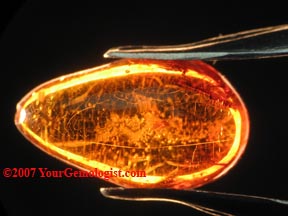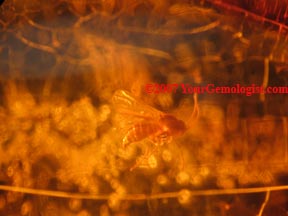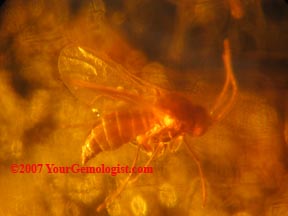A free gemology reference site
Gemology, gemstones, minerals and more
The Gemstones
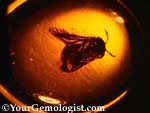 Amber
Amber
Source: Baltic Sea Region and the Dominican Republic
Chemical: Fossilized resin
Formation: Sedimentary deposits of ancient coniferous
trees. Amber is the fossilized resin of these tress and is often
found to contain small plants and insects from the periods of
Jurassic to Cretaceus. Amber should not be confused with copal
resin which has essentially the same source but is no where near
as old as amber, and is therefore not as hardened or long wearing.
Crystal System: None. Organic
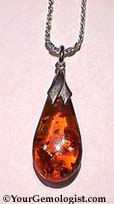
Unusual Properties: Amber with identifiable insects
and plants are quite rare and valuable. However, care should
be take when buying expensive amber pieces with insects or plants
inside. There are numerous reports of amber being heated and
softened, and these items being pushed inside an amber piece
by the bad guys.
Colors: Light yellow, green, dark reddish
orange, and many variations of these as well.
Wearability: Will be damaged by jeweler's torch.
Will burn/melt if subjected to heat. Amber has been into many
different types of jewelry items for centuries.
An amber orchestra...
And a wonderful slide view of an ancient fly captured by amber.
